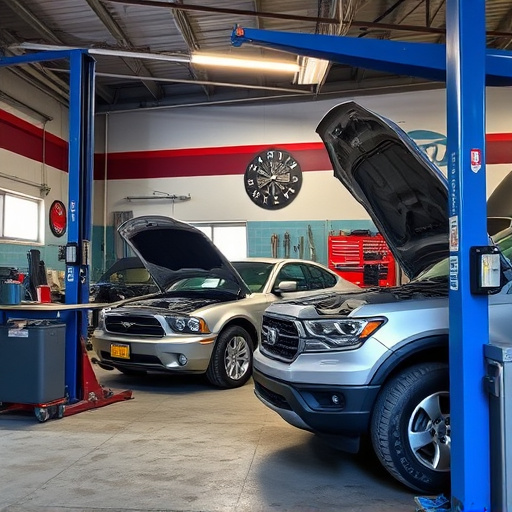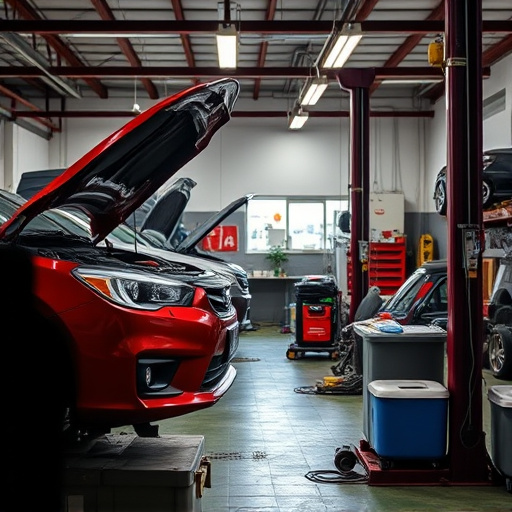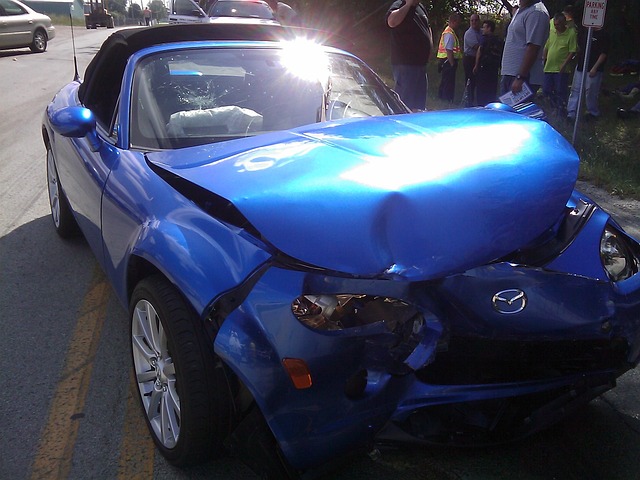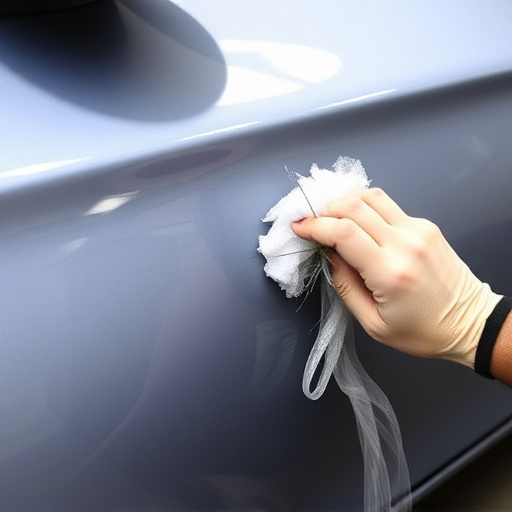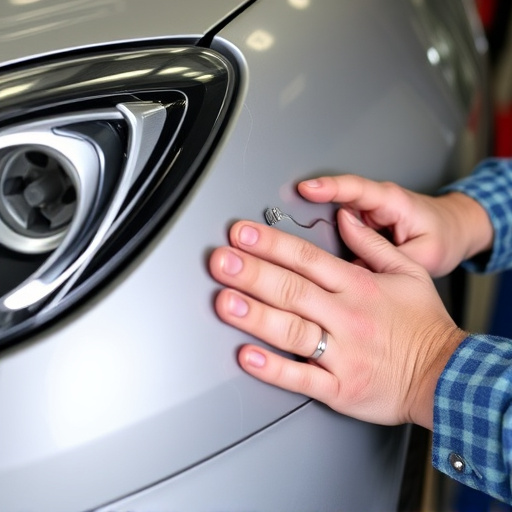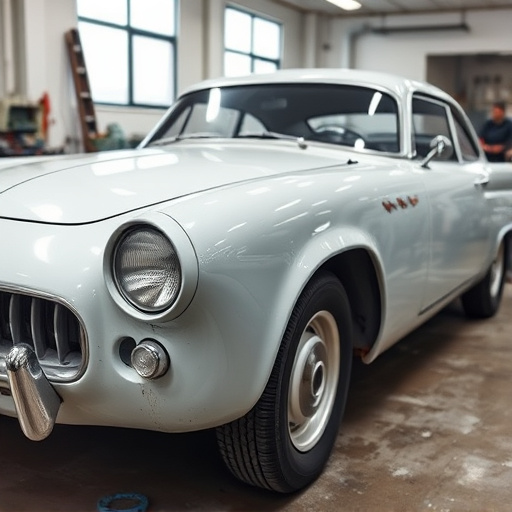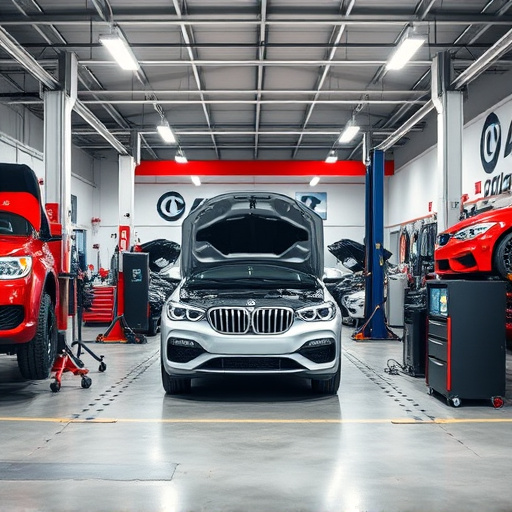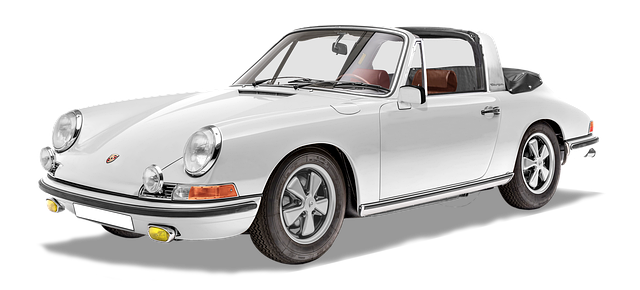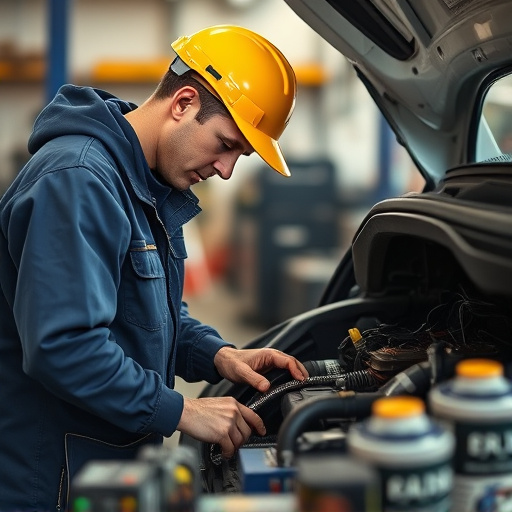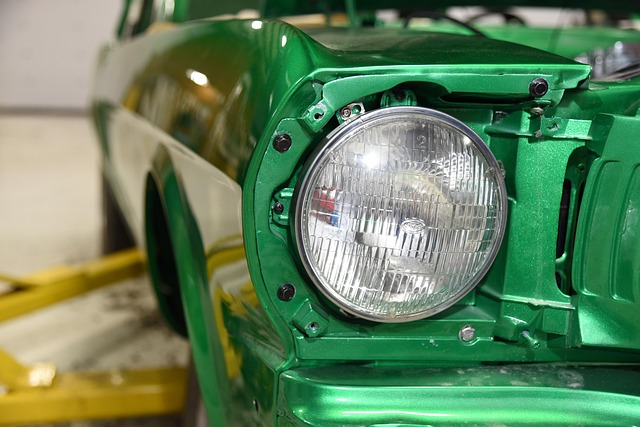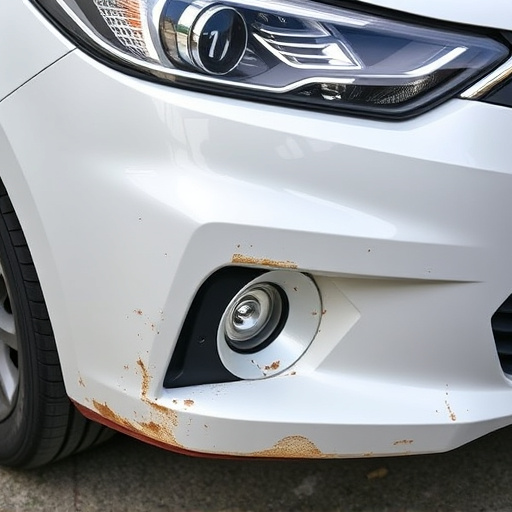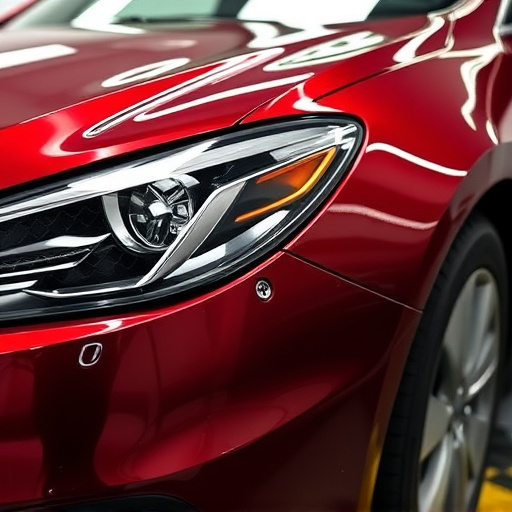Vinyl wrap repair replacement in auto body restoration, especially after hail damage, requires adherence to industry standards for high-quality results matching original vehicle appearance. Visual imperfections like gaps, misaligned edges, and inconsistent color matching signal subpar work. Meticulous surface preparation, cleaning, and skilled technician work are crucial to prevent issues like bubbles or water intrusion.
Identifying poor work in vinyl wrap repair replacement is crucial for maintaining the aesthetics and longevity of your vehicle. This comprehensive guide breaks down essential aspects to ensure top-notch results. By understanding industry standards and common pitfalls, you’ll learn to recognize visual signs of subpar workmanship. Additionally, we highlight critical mistakes to avoid during the replacement process, empowering you to achieve a seamless, professional finish.
- Understanding Vinyl Wrap Repair Standards
- Visual Signs of Poor Workmanship
- Common Mistakes to Avoid During Replacement
Understanding Vinyl Wrap Repair Standards
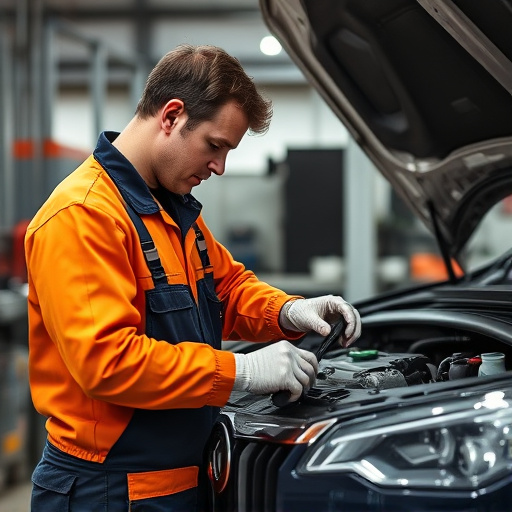
When it comes to vinyl wrap repair replacement, understanding industry standards is paramount. These standards dictate the quality and technique required to ensure a durable, seamless finish that mimics the original vehicle appearance. Reputable auto body repair shops adhering to these guidelines use high-quality materials and precise application methods. This includes meticulous preparation of the damaged area, proper alignment of the wrap during installation, and careful trimming for a clean edge.
In the realm of auto body repair, especially after hail damage repair, vinyl wrap is a popular choice for restoring vehicles to their pre-damaged condition. A skilled technician should be able to achieve a virtually invisible repair that blends seamlessly with the surrounding panel. Inadequate repairs, characterized by visible gaps, misaligned edges, or poor adherence, are signs of subpar work. Recognizing these red flags is crucial when choosing an auto repair shop for your vinyl wrap repair replacement needs.
Visual Signs of Poor Workmanship
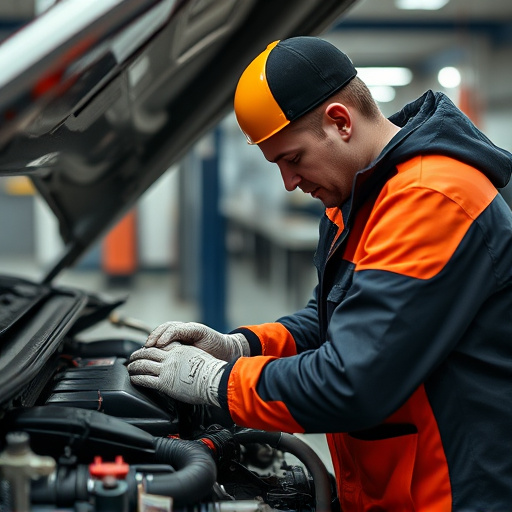
When assessing a vinyl wrap repair replacement job, one of the most obvious indicators of poor workmanship is visual imperfections. Upon closer inspection, you may notice uneven surfaces, bubbles or wrinkles in the vinyl, misaligned edges, and inconsistent color matching. These issues can be a result of inexperienced technicians or subpar materials used during the repair process. For instance, if the vinyl does not lay flat against the vehicle’s surface, it could indicate improper application or an underlying structural problem that needs addressing.
Additionally, haphazard repairs might include visible gaps between the new wrap and existing panels, misaligned door handles or mirrors, and uneven trim work. In the world of autobody repairs, especially for vehicle dent repair, attention to detail is paramount. Poor workmanship can lead to a less-than-satisfactory finish that not only compromises the aesthetics of the vehicle but also might cause future issues, such as water intrusion or reduced protection from road debris. Therefore, when considering auto repair services for vinyl wrap repair replacement, it’s crucial to look beyond the initial cost and examine the quality of the work through these visual signs of poor workmanship.
Common Mistakes to Avoid During Replacement
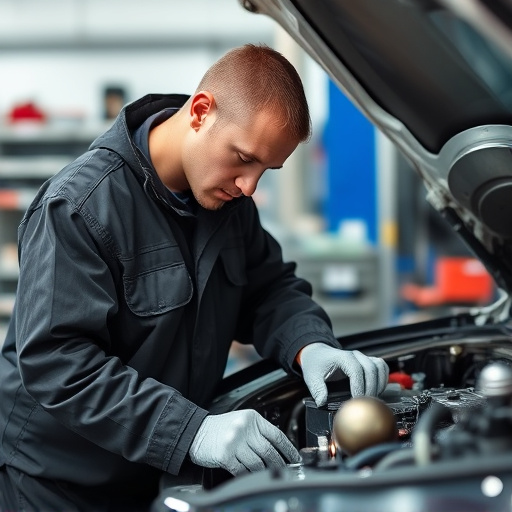
During a vinyl wrap repair replacement, several common mistakes can significantly impact the quality and longevity of the work. One of the most overlooked yet crucial aspects is proper preparation of the surface. Inadequate cleaning and decontamination of the panel can lead to poor adhesion of the new vinyl wrap, resulting in bubbles, wrinkles, or even delamination over time. Always ensure that the auto repair shop follows meticulous procedures for surface treatment, using specialized cleaners and decontaminants designed for automotive applications.
Another frequent error is insufficient skill or experience on the part of the technicians. Vinyl wrap repair requires precision and attention to detail. Improper cutting techniques, incorrect application of adhesive, or failure to account for panel curvature can all contribute to subpar results. For instance, in a Mercedes-Benz collision repair, where high-quality finishes are expected, untrained hands might create unsightly lines or miss crucial details, compromising the overall aesthetics. It’s vital to engage a reputable auto repair shop with experienced technicians specializing in vinyl wrap repair replacement to avoid these pitfalls.
Identifying poor work in vinyl wrap repair replacement is crucial for ensuring your vehicle retains its aesthetic appeal and structural integrity. By understanding industry standards, recognizing visual signs of subpar workmanship, and avoiding common mistakes, you can select skilled professionals who deliver high-quality results. When it comes to protecting your investment, a meticulous approach to vinyl wrap repair is paramount.
